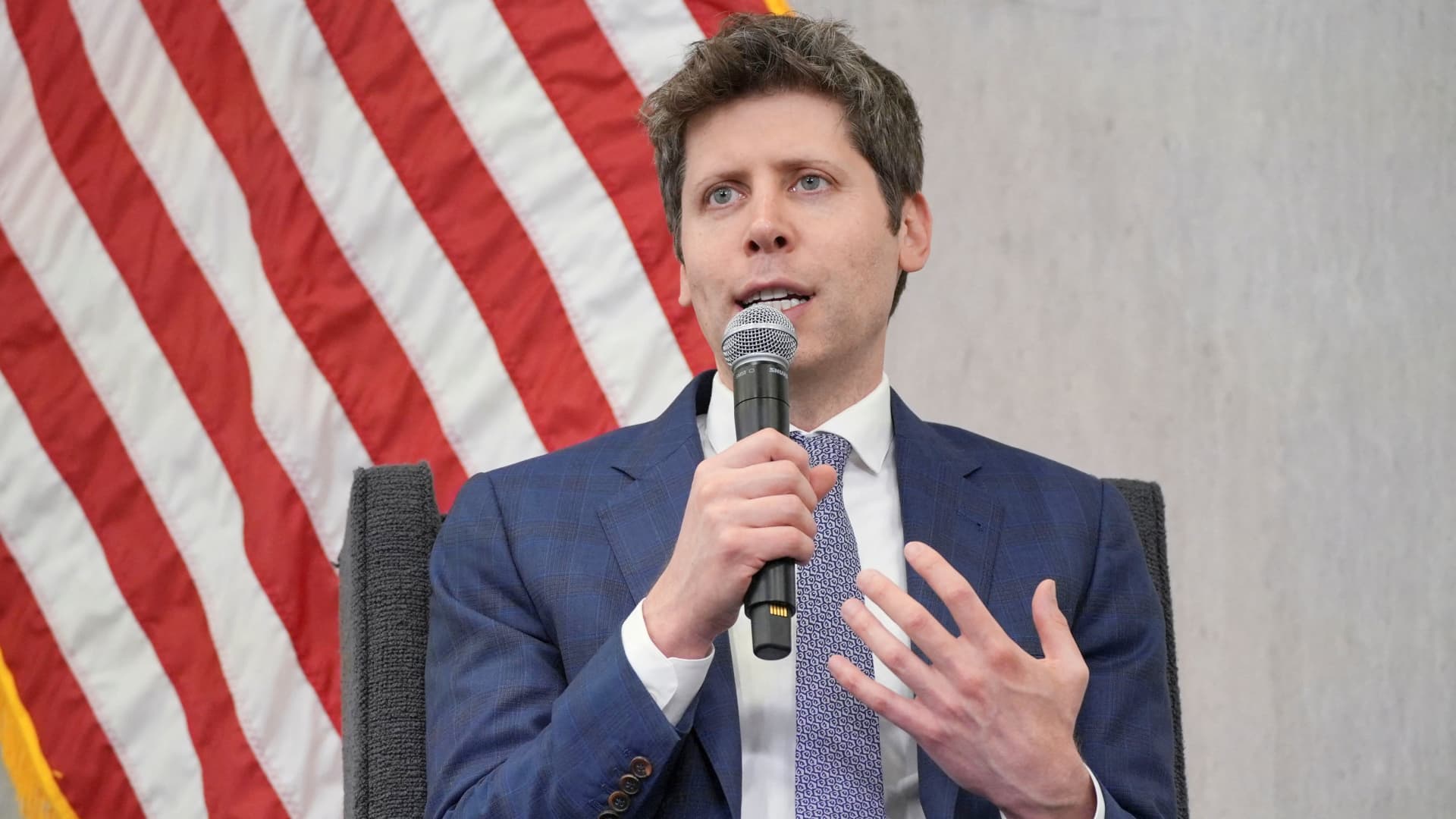
OpenAI CEO Sam Altman on Friday said the artificial intelligence company should prioritize growth and its investments in training and compute “for a long time,” even if it delays its path to profitability.
Last year, OpenAI expected about $5 billion in losses on $3.7 billion in revenue. OpenAI’s annual recurring revenue is now on track to pass $20 billion this year, but the company is still losing money.
“As long as we’re on this very distinct curve of the model getting better and better, I think the rational thing to do is to just be willing to run the loss for quite a while,” Altman told CNBC’s “Squawk Box” in an interview Friday following the release of GPT-5.
GPT-5 is the company’s latest and most advanced large-scale AI model and was released on Thursday.
The model is available to everyone, including free users, and OpenAI said it’s smarter, faster and “a lot more useful,” particularly across domains like writing, coding and health care.
Earlier this week, OpenAI released two open-weight language models for the first time since it rolled out GPT-2 in 2019. Those models were built to serve as lower-cost options that developers, researchers and companies can easily run and customize.
These models are expensive to develop and build. But investors don’t seem to mind.
OpenAI is currently in talks with investors about a potential stock sale at a valuation of roughly $500 billion, as CNBC previously reported. Thrive Capital, an investor in OpenAI, could lead the potential round.
Altman said if OpenAI wanted to, it could become profitable sooner than he originally thought. But for now, since the private company remains free from the pressures of the public markets, it will continue to spend on training and compute.
“It’s nice not to be public,” Altman said.





